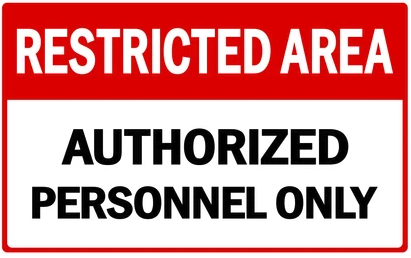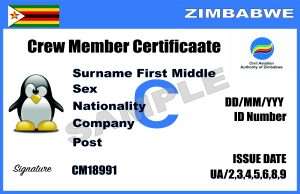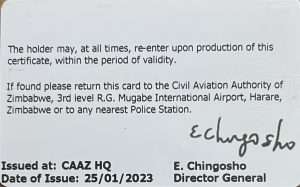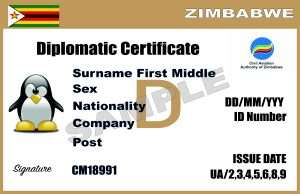Flight Test Preparations
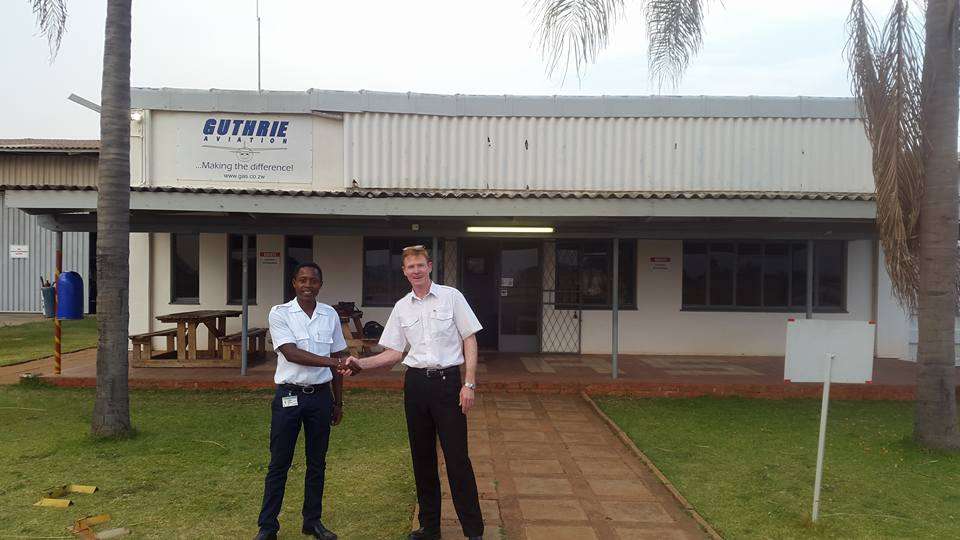
FLIGHT TEST PREPARATION & EXPECTATIONS
The following information has been prepared due to the increasing number of pilots arriving unprepared for their flight tests.
The pilot wishing to conduct a licence issue or renewal flight test must be fully prepared for the test, and know what is expected of him/her.
The following guidelines should assist the applicant:
PRE-FLIGHT PREPARATION
GENERAL
The following must be presented to the examiner (ideally before it is asked for!):
- Met Briefing – T/off, En-route, Destination, Alternate
- Fuel Plan – T/off, En-route, Destination, Alternate
- Nav Log – T/off, En-route, Destination, Alternate
- Weight & Balance
- Performance calculations – T/off run/dist, Accel/Stop, S/E ROC, S/E Ceiling etc
- Maps & Charts – T/off, En-route, Destination, Alternate (IFR & VFR)
There will be an oral exam on IFR, charts & procedures, aircraft technical and any other area that the examiner may choose.
If the above preparation is incomplete or below standard, the examiner will call off the test and the fee will still be charged!







Airborne
The applicant is theoretically in charge of the flight
- The examiner will therefore accept his/her conduct during the flight test as being how he/she normally operates
- The flight test is basically a simulated flight with the examiner behaving as a passenger
- No assistance will be offered to the pilot, who is responsible for the aircraft, unless the examiner feels that the flight is being conducted in an unsafe manner
REQUIRED STANDARDS
- Altitude Control – ±100’ Maximum
- Heading Control – ±10° Maximum
- Speed Control – ±10 kts Maximum
Isolated, momentary deviations, which are corrected immediately may be accepted.
IMMEDIATE FAIL REASONS
IFR
- Failure to carry out required checklists & procedures
- Descent below published minimums without the required visual reference
- Descent on the glide-slope without being established on the localiser (within 2 dots and stable)
- Descent beyond the FAF without being established on the QDM or QDR (within 5° and stable)
- Failure to initiate a go-around if the approach becomes unstable i.e. full scale deflection of localiser or glide-slope, excessive ROD or unstable speed control etc.
- Failure to comply with ATC (unless it is not safe to do so), in which case ATC must be advised.
VFR
- Failure to carry out required checklists & procedures
- Failure to successfully demonstrate the forced landing procedure (S/E)
- Failure to correctly demonstrate S/E operating procedures and techniques (M/E)
- Failure to comply with ATC (unless it is not safe to do so), in which case ATC must be advised.
At the discretion of the examiner, some exercises may be repeated in flight.
If the pilot feels that he/she has failed the test, he/she may elect to call off the flight.
If the examiner decides that the pilot has failed the test, the pilot will be advised of the reason and the pilot may decide to continue with the rest of the exercises or to abort the whole exercise. If the pilot chooses to continue the test, and successfully completes the remainder of the exercises, he/she will only have to re-do the failed portions.
Please do not waste your money and the examiners time & patience! Arrive prepared!


